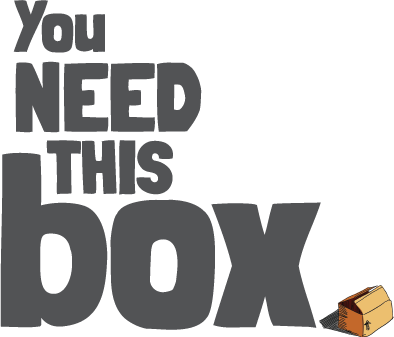Credit Ratings
Activity 3 - Box 2
Credit ratings were first introduced in Canada as department stores began offering staggered payment plans, which further evolved into credit accounts. Having a credit account meant the store knew who a person was and considered them reliable and could be counted on to pay any outstanding balances in full.
Modern credit bureaus are rooted in this early system. The precise computations for credit scores are proprietary to each organization as credit bureaus have developed multiple scoring systems and offer different models so that lenders can choose one that fits their needs. Credit scores are presented as a “neutral value” since it is the product of inputs and calculations rather than relying on credit managers and their potential biases. Though it is presented as a predictive model of behaviour. The social profiling that can arise out of credit scores can be punishing for borrowers.
Keith Martell, CEO of the First Nations Bank of Canada noted there are several reasons an Indigenous person might be more likely to have a lower credit score than a non-Indigenous person. First and foremost, Indigenous people are more likely to experience poverty or have low incomes. Data from the 2016 census shows that 44 percent of people living on reserves have low incomes, compared with just 14 percent of the total population of the country.
With a lower overall income, it’s not uncommon for a person to have a lower credit rating. Imagine if a person has to choose between eating or paying their power bills - these kinds of late payments are significant and can impact you financially for a long time. Physical access to banks or accredited lenders can be more difficult for people in northern or remote areas, which means it’s harder to build up a history of using credit products.
Home ownership is another important credit input. In many First Nations communities, there’s no private home ownership; sometimes it can be community housing or residents may pay the First Nation, but it’s not a traditional mortgage as the First Nation owns the home. Without good credit, each step of the financial system then becomes more difficult. The formal credit system can also be difficult to access for immigrants since it relies on a local credit history.
If a person doesn’t use any credit products which does not provide enough information to generate a credit history, they are defined as “credit invisible”. Because financial institutions and lenders use credit histories to inform their credit decisions, newly landed immigrants (people who have lived in Canada for less than two years) are likely to be disadvantaged when applying for credit and thus more likely to be credit invisible than people born in Canada.
In order to demonstrate what this might look like take these three (fabricated) credit scores by three very different people with some similar and differing credit histories.

